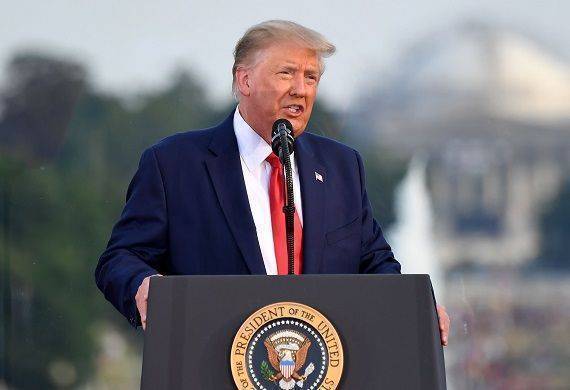U.S. Slaps 25% Tariff on India, Citing Trade Issues and Russian Ties
By Global Leaders Insights Team | Jul 31, 2025

President Donald Trump announced a hefty 25% tariff on goods from India starting August 1, along with a penalty for India’s ongoing purchases of Russian weapons and energy. Shared on Truth Social, the decision ramps up tensions with a major U.S. ally and puts at risk the $190 billion trade relationship built in 2024.
Trump pointed to India’s high tariffs—some of the world’s steepest, with farm products facing nearly 39%—and tough trade restrictions as reasons for the move, alongside irritation over India’s reliance on Russian arms and oil, especially during the Ukraine conflict.
The tariffs come after trade talks hit a wall, despite Indian Commerce Minister Piyush Goyal’s earlier optimism about “great progress.” India, which had a $45.7 billion trade gap with the U.S. last year, has held firm on protecting its farmers and dairy industry, prioritizing local needs.
- Trump Imposes 25% Tariff on Indian Goods Over Trade Barriers, Russia Ties
- U.S. Hits India with Steep Tariff, Citing High Duties and Russian Arms Deals
- India Faces 25% U.S. Tariff Amid Stalled Talks and $190B Trade at Risk
The 25% tariff, higher than those on Vietnam (20%), Indonesia (19%), Japan (15%), and the EU (15%), will likely hurt Indian exporters, especially in textiles, medicines, gems, and jewelry, which sent $87 billion worth of goods to the U.S. in 2024. Experts warn these industries could lose ground to competitors like China or Vietnam.
White House adviser Kevin Hassett hinted that Trump’s patience with slow talks ran out, and the tariff is meant to push India toward a deal. Indian officials, though, are staying hopeful, noting a U.S. trade team is due in Delhi by mid-August to keep working on a bigger agreement by fall. India’s Commerce Ministry stressed it wants a “fair and balanced” deal and is reviewing the tariff’s impact to safeguard its interests.
Also Read: U.S. Warns China of 100% Tariffs on Russian Oil Purchases
Some, like analyst Ashok Malik of The Asia Group, worry the tariff could strain the U.S.-India bond, possibly nudging India closer to BRICS countries. Indian businesses face tough times ahead, with potential job losses and economic strain, while the move could ripple through global alliances like the Quad.


